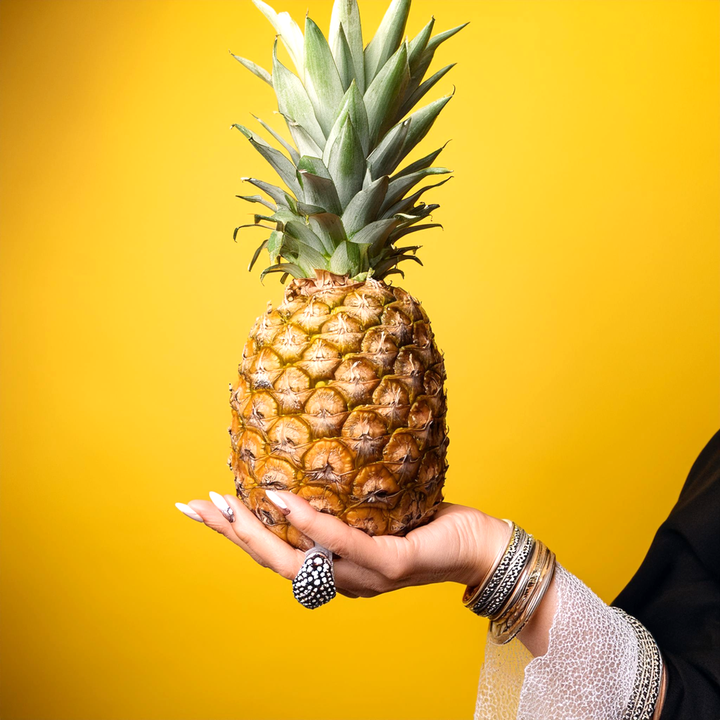
In the 16th and 17th centuries, exotic foods flooded Europe from the New World and Asia, but none captured the imagination quite like the pineapple.
While Europeans were captivated with their unique appearance and exotic origins, growing pineapples in Europe proved challenging due to the fruit’s need for a tropical climate. This led to a reliance on imports from the Caribbean, a journey that often resulted in damaged or spoiled fruit.
By the mid-17th century, pineapples began to be cultivated in hothouses in England and the Netherlands, where conditions could be controlled to mimic the necessary tropical environment. However, these hothouses were expensive to build and maintain. The Gentleman's Magazine of 1764 estimated the cost of building and operating a hothouse, along with procuring the plant stock, at NZ$317—equivalent to roughly NZ$59k today.
Despite this investment, success was not guaranteed. Early hothouses used furnaces that often emitted fumes harmful to the plants, and later methods, involving 'fire walls' heated by furnaces, carried the risk of fire, with many 'pineries' burning down.
Given these challenges, it could take several years for a pineapple to reach maturity, and a pineapple that survived these hurdles was exceedingly rare. So rare, in fact, that experts estimate a single pineapple could cost the equivalent of between $13,000 - $23,000 New Zealand dollars today.
The high demand and low supply of pineapples led to a unique market for pineapple rentals. Savvy businessmen, recognising the fruit’s desirability, opened rental shops across Britain where middle-class social climbers could rent a pineapple for an evening, strutting around parties with their tropical trophy, or displaying it as an ornament to impress guests and flaunt their 'wealth'.
So, next time you enjoy a slice of pineapple, remember its rich history as a rented luxury. It's a fun reminder of the lengths people will go to for a taste of the high life!

